Water Damage Photo Gallery
Moisture traveling up wall
Time is a crucial element in responding to water damage inside of a home. The longer water is allowed to sit, the greater the damage to flooring, carpeting and other building materials. In this case, you can see the line where moisture has traveled up the side of this wall. Our crew had to pull the baseboards and 1/4 of the wall around the room in order to get proper airflow to dry the wall cavity and prevent microbial growth.
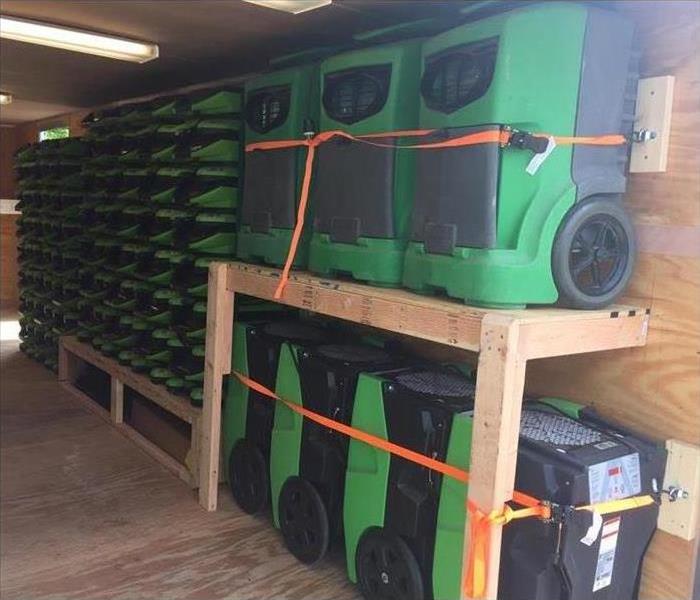
Equipment used for water damage restoration
Here is a look inside one of the trailers we use to transport drying equipment. In the photo, you can see stacks of air movers and dehumidifiers that we typically set up inside homes and businesses that suffer water damage to speed up the water evaporation process. The quicker we can remove excess moisture, the lesser the damage.
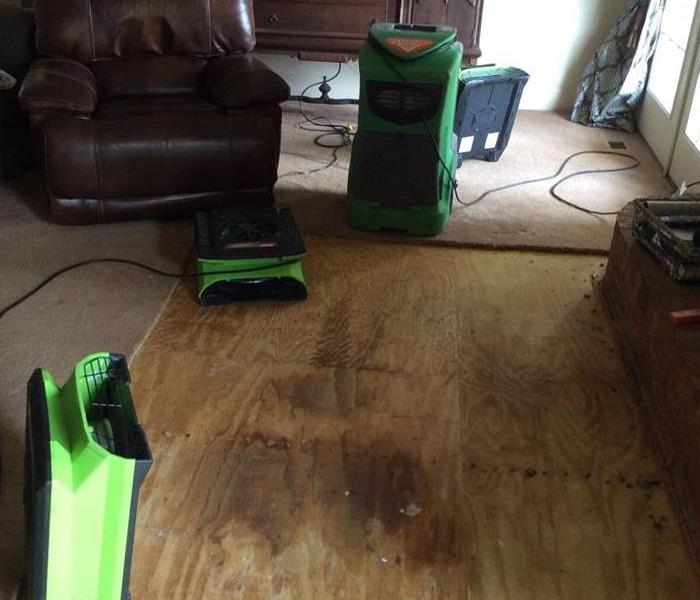
Water Damage from Roof Leak After a Storm
In this photo, we had to cut out a section of carpet in front of a fireplace after water leaked through the roof onto the flooring after a storm. Our crew at SERVPRO of Thomaston, Forsyth and Fort Valley set up air movers to dry both the affected portion of ceiling in the room, as well as the flooring in this photo.
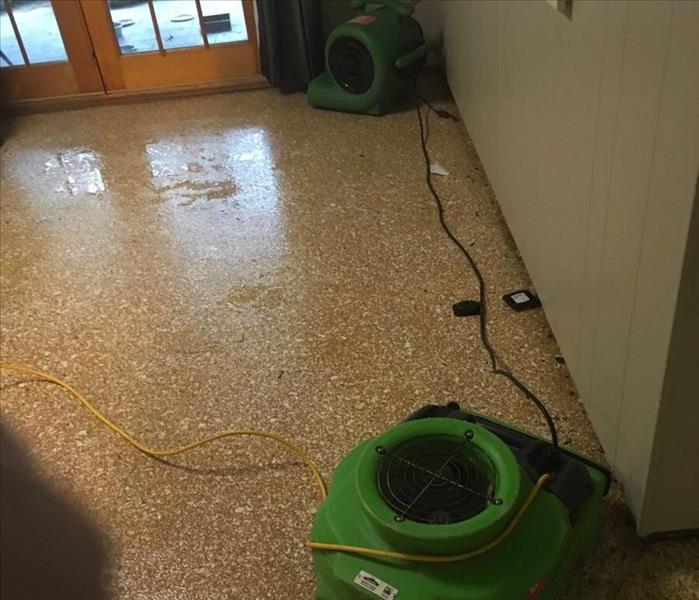
Emergency Response to Water Damage
SERVPRO of Thomaston, Forsyth and Fort Valley specializes in emergency response to water damage. In the photo above, we were on scene with equipment to begin the drying process shortly after a leak under the kitchen sink was fixed.
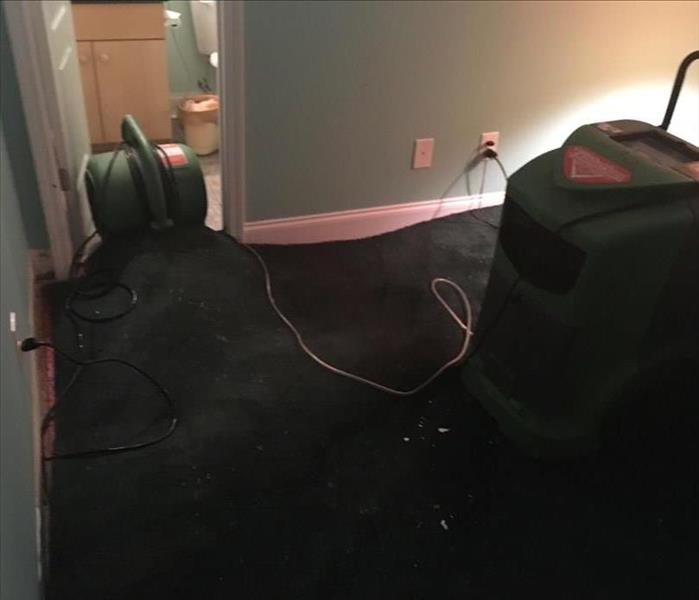
Drying Carpet During Water Damage Restoration
If carpet is still in good condition after being exposed to excess water (no delamination, frayed ends, etc.), it is possible to save the carpet material. In this case, we stuck an air mover underneath the carpet and pad to evaporate the excess moisture while a dehumidifier removed the excess moisture from the air.
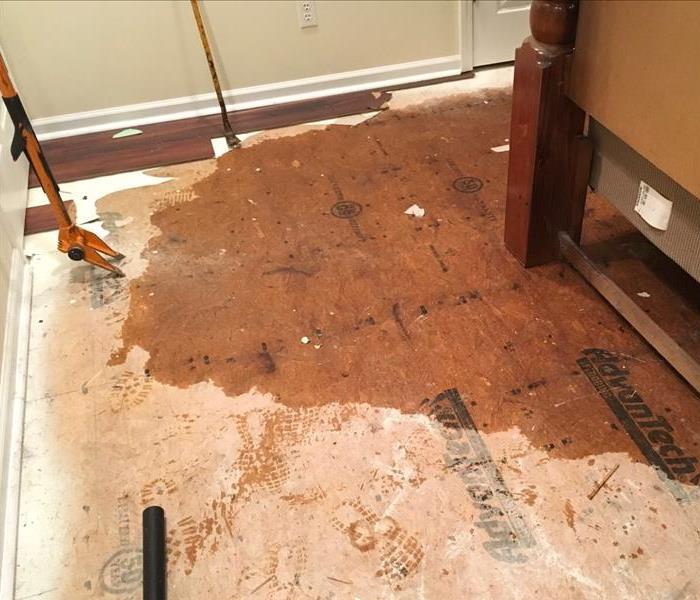
Never Underestimate Water Damage!
This photo is a prime example of why you should call SERVPRO the next time you think you have water damage. In this case, water had spread through the laminate flooring to get to the subfloor, which you can see in this photo is visibly wet (note the different shades of color where the moisture is concentrated). Before the top layer of flooring was removed, there was no pooling water or any other indicator you could see with the naked eye of how much moisture was trapped in the floor.


 24/7 Emergency Service
24/7 Emergency Service